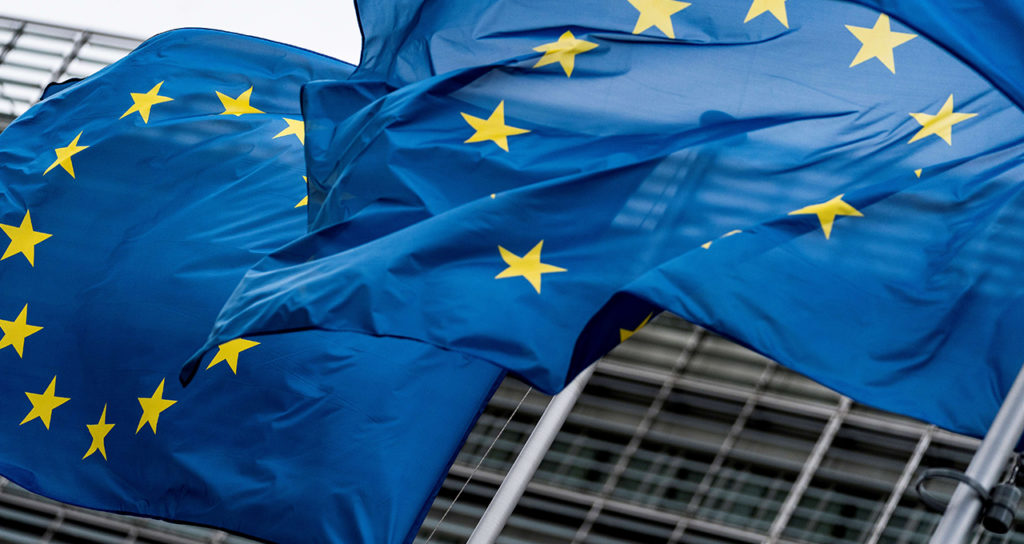EU Agrees to Reform the Emissions Trading System and Invest More in Climate Friendly Technologies

- Emissions in the ETS sectors must be cut by 62% by 2030
- Free allowances to industries will be phased out from 2026 and disappear by 2034
- An ETS II for fuel emissions from the building and road transport sectors as of 2027
On Saturday night, MEPs and EU governments agreed to reform the Emissions Trading System to further reduce industrial emissions and invest more in climate friendly technologies.
The EU Emissions Trading System (ETS), which enshrines the “polluter pays” principle, is at the core of European climate policy and key to achieving the objective of EU climate-neutrality. By putting a price on greenhouse gas (GHG) emissions, the ETS has triggered significant reductions in EU emissions, as industries have an incentive to reduce their emissions and invest in climate friendly technologies.
Increased ambitions for 2030
Emissions in the ETS sectors must be cut by 62% by 2030, compared to 2005, which is one percentage point more than proposed by the Commission. In order to reach this reduction, there will be a one-off reduction to the EU-wide quantity of allowances of 90 Mt Co2 equivalents in 2024 and 27 Mt in 2026 in combination with an annual reduction of allowances by 4.3% from 2024-27 and 4.4% from 2028-30.
Phasing out free allowances to companies
The free allowances to industries in the ETS will be phased out as follows:
2026: 2.5%, 2027: 5%, 2028: 10%, 2029: 22.5%, 2030: 48.5%, 2031: 61%, 2032: 73.5%, 2033: 86%, 2034: 100%.
The Carbon Border Adjustment Mechanism (CBAM), on which MEPs reached an agreement with EU governments earlier this week to prevent carbon leakage, will be phased in at the same speed that the free allowances in the ETS will be phased out. The CBAM will therefore start in 2026 and be fully phased in by 2034.
By 2025, the Commission shall assess the risk of carbon leakage for goods produced in the EU intended for export to non-EU countries and, if needed, present a WTO-compliant legislative proposal to address this risk. In addition, an estimated 47.5 million allowances will be used to raise new and additional financing to address any risk of export-related carbon leakage.
An ETS II for buildings and transport
A separate new ETS II for fuel for road transport and buildings that will put a price on emissions from these sectors will be established by 2027. This is one year later than proposed by the Commission. As requested by Parliament, fuel for other sectors such as manufacturing will also be covered. In addition, ETS II could be postponed until 2028 to protect citizens, if energy prices are exceptionally high. Furthermore, a new price stability mechanism will be set-up to ensure that if the price of an allowance in ETS II rises above 45 EUR, 20 million additional allowances will be released.
See related article: EU Commission and EBRD to Unlock €2.1 Billion for Sustainable Infrastructure and Green Economy
Financing the green transition
More money will be made available for innovative technologies and to modernise the energy system.
The Innovation Fund, will be increased from the current 450 to 575 million allowances.
The Modernisation Fund will be increased by auctioning an additional 2.5% of allowances that will support EU countries with GDP per capita below 75% of the EU average.
All national revenues from auctioning ETS allowances shall be spent on climate related activities.
MEPs and Council also agreed to establish a Social Climate Fund for the most vulnerable.
Inclusion of emissions from shipping
As requested several times by Parliament, the ETS will, for the first time, be extended to maritime transport.
Market Stability Reserve
24% of all ETS allowances will be placed in the market stability reserve to address possible imbalances between the supply of and demand for allowances in the market due to external shocks such as those caused by COVID-19.
Waste
EU countries must measure, report, and verify emissions from municipal waste incineration installations from 2024. By 31 January 2026, the Commission shall present a report with the aim of including such installations in the EU ETS from 2028 with a possible opt-out until 2030 at the latest.
Quote
After the deal, rapporteur Peter Liese (EPP, DE), said: “This deal will provide a huge contribution towards fighting climate change at low costs. It will give breathing space for citizens and industry in difficult times and provide a clear signal to European industry that it pays off to invest in green technologies.”












